
More than 30km from the center of Muong Nhe district, in Pa My commune, people's commercial transactions and payments are still mainly done in cash.
Mr. Tan Lo Kiem, a resident of Huoi Lu 2 village, Pa My commune, said: Although I know about cashless payment applications via smartphones, I am still used to using cash when making transactions and buying and selling. In the commune, mainly cadres and teachers use cashless payments.
Not only in Muong Nhe district, except for the central areas of districts, towns and cities, the habit of paying in cash is still mainly maintained in most communes in the province. In particular, non-cash payments are even more difficult for the elderly. As in the case of Ms. Nguyen Thi Tinh (62 years old), Muong Bang commune, Tua Chua district, although she runs a small grocery business, she has not yet known how to use non-cash payment applications. According to Ms. Tinh, having to hold a magnetic card or getting used to modern technology in transactions and payments for elderly people like her is very difficult, especially remembering passwords and many operations that are difficult for the elderly to get used to. While holding cash to pay for goods is much simpler.
Cashless payments are convenient, safe and effective. However, in reality, many people, especially in rural areas, have not yet changed their habit of using cash. First of all, the level of people in the province is uneven; people living in areas far from the center, the elderly, poor households, and near-poor households are groups of people with limited understanding of banking payment services and digital technology. In addition, the lack of smartphones with internet connection to use convenient banking services in particular and digital services in general is also a difficulty.
Currently, in the whole province, there are still about 11,000 households (8%) that have not used the national grid; 30% of people do not have smartphones, 94 villages do not have minimum mobile service from 2G or higher, 165 villages do not have fixed broadband internet service (optical cable); the poverty rate accounts for 30.35%. The rate of ethnic minorities accounts for nearly 83% of the province's population, the level of education is uneven, accessing technology is difficult. In addition, many people are still hesitant to access new payment technologies. The complicated developments of the high-tech crime situation, especially cases of customer accounts being scammed, being appropriated... in the past time have also partly affected people's psychology.
In addition, the number of points accepting non-cash payment methods in rural areas is still low, with an estimated 3,000 points accepting QR code payments in the province. By the end of 2022, the total number of personal accounts in the area was 235,905 with an estimated balance of VND 1,503 billion. Nam Po district has not yet had an ATM. The province has 34 ATMs and 131 POS devices installed in districts, towns and cities. However, these non-cash transactions are mostly concentrated in urban areas; in rural areas, ethnic minority areas and mountainous areas, people commonly use cash. According to statistics, of the 35% of the population with electronic payment accounts, they are mainly people in urban areas, cadres, civil servants, public employees and long-term workers.
The province's goal is to have 50% of non-cash payments in e-commerce by 2025 and have over 45% of adults have transaction accounts at banks or other licensed organizations. In particular, expanding and promoting the rate of people using no cash in rural areas and increasing people's access to payment services.
To overcome the difficulties and achieve the goal of cashless payment, a very long roadmap with synchronous solutions is still needed. First of all, it is necessary to change the awareness and cash-using habits of people in rural and mountainous areas. At the same time, it is necessary to invest in technological infrastructure so that modern payment methods can be used more widely in rural areas.
Source


![[Photo] Binh Thuan organizes many special festivals on the occasion of April 30 and May 1](https://vphoto.vietnam.vn/thumb/1200x675/vietnam/resource/IMAGE/2025/5/1/5180af1d979642468ef6a3a9755d8d51)



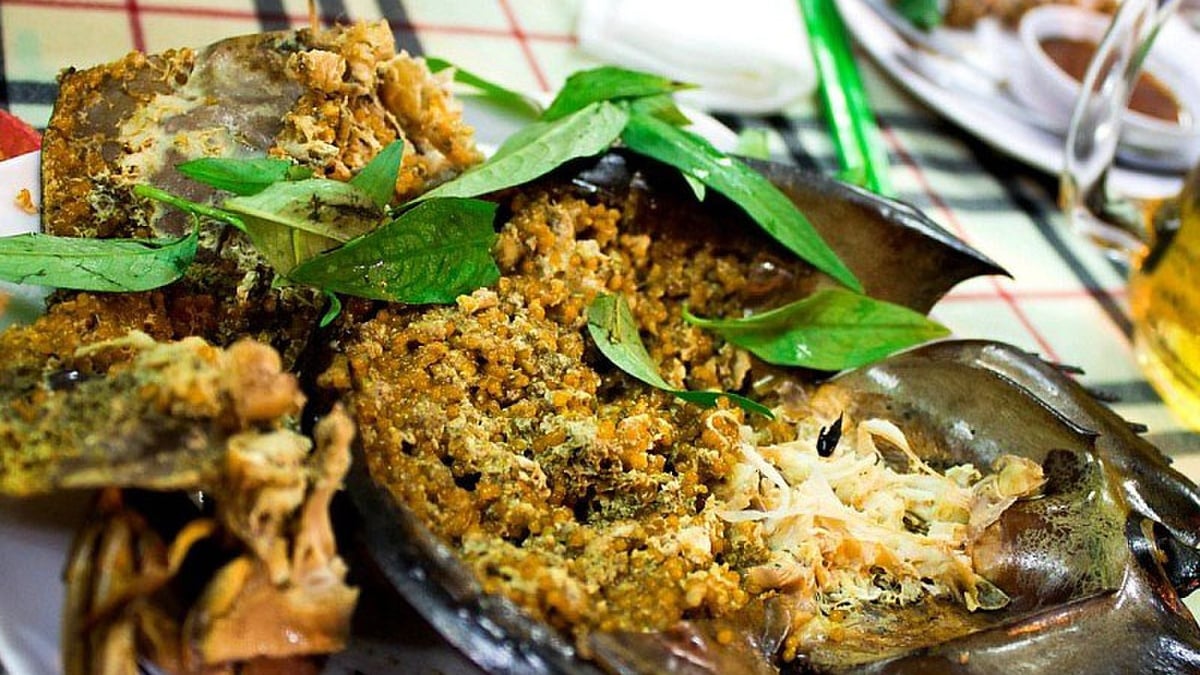
![[Photo] Ha Giang: Many key projects under construction during the holiday season](https://vphoto.vietnam.vn/thumb/1200x675/vietnam/resource/IMAGE/2025/5/1/8b8d87a9bd9b4d279bf5c1f71c030dec)
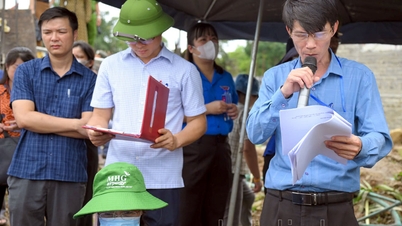















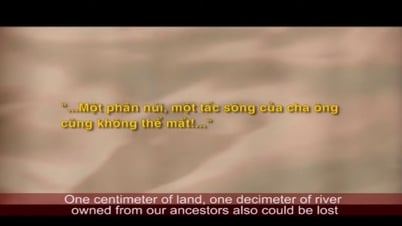






![[Photo] Feast your eyes on images of parades and marching groups seen from above](https://vphoto.vietnam.vn/thumb/1200x675/vietnam/resource/IMAGE/2025/4/30/3525302266124e69819126aa93c41092)



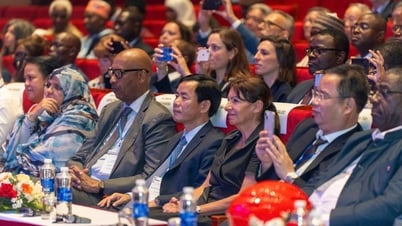


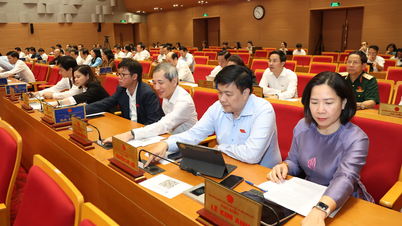



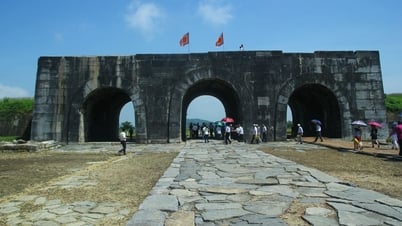



















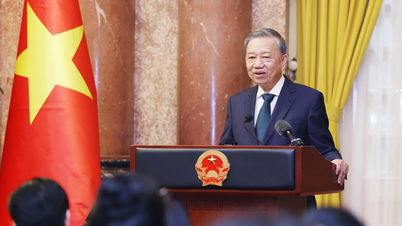
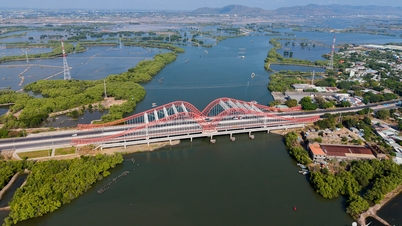



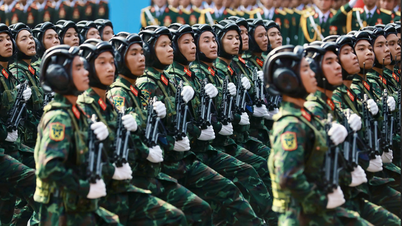
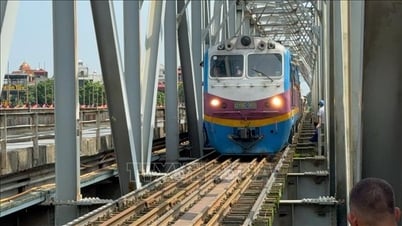










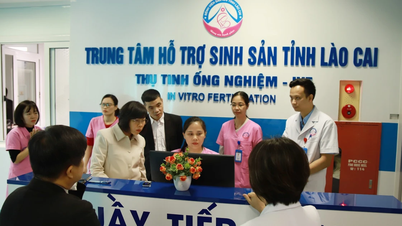





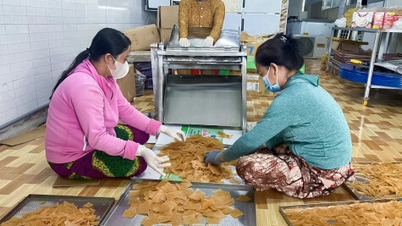








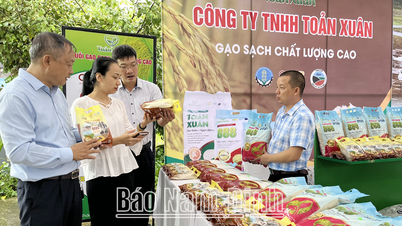





Comment (0)